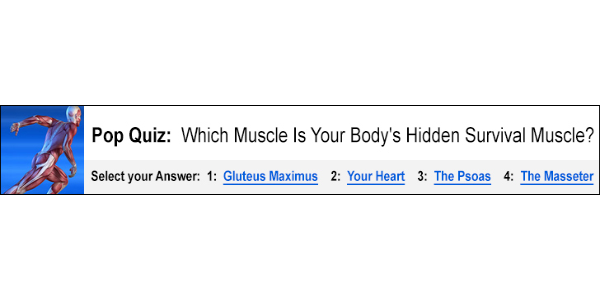
It is common knowledge that running exercise provides numerous benefits, although many individuals overlook the significance of maintaining correct posture during running and jogging. For this reason, it is crucial that sports coaches encourage running technique drills and offer specialized running technique classes to children. These classes will enable kids to learn proper running techniques, significantly reducing the risk of injuries. Additionally, it is crucial that children learn techniques for running quickly, which can prevent injuries while also improving speed. This is particularly important for long-distance running, as proper form can help athletes conserve energy over a longer period. In this article, I will be discussing the proper running form and how to correctly align each part of the body. The first area of focus will be the head.
To begin, let’s address the head. When running, individuals often look down at their shoes or the ground, which is not recommended. Coaches often advise keeping the head level and looking straight ahead at the horizon as it is considered a top running technique. If you keep your head down, it can strain your neck and cause the back to contract, resulting in injury. By keeping your head up, you can decrease the risk of these injuries occurring. Moving on to the shoulders,
One of the critical techniques for sprinters is how they position their shoulders since it affects their running speed. Usually, runners tend to stiffly shrug their shoulders while running, which is incorrect. The correct approach is to keep the shoulders relaxed enough to maintain a low position. This technique should also be accompanied by proper arm and palm movements.
When running, there is no need to clench your fists unless you plan on attacking someone. It’s important to keep your fists relaxed to avoid unnecessary pressure on your palms and knuckles. Move your arms back and forth between your chest and lower waist without making them too rigid. Allow your arms to move freely and avoid moving them sideways to avoid obstructing your run. Also, pay attention to the movement of your torso and hips.
It is essential that you maintain an upright torso while running. And if you keep your head straight and torso low, your torso will automatically straighten. Maintaining an upright torso while running is very important, as it allows the lungs to breathe in the maximum oxygen and run more. With a straight back and torso, the hips too will fall into the correct place i.e. parallel to the ground. Maintaining the proper running form for the hips is a very important part of enabling the proper running technique for sprinters as the hips are the center of gravity, and an improper hip position can really slow a sprinter down. Legs and Feet
It is crucial for sprinters to maintain a high knee-lift while running, as this will enable them to take longer strides and apply greater pressure while landing on their feet, thus propelling them forward for the next motion. This is a recommended technique for sprinters. It is advised to monitor breathing rhythmically. Endurance runners are advised to take shorter strides and avoid lifting their knees too high, as longer strides require more energy. Long-distance runners should conserve their energy by taking shorter strides. Flexing your ankles upon foot landing can increase push-off jump. These techniques promote injury prevention to your joints, neck, and back.




